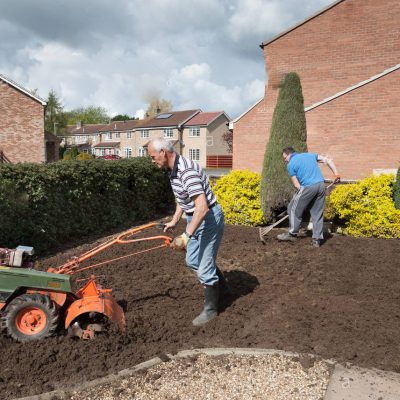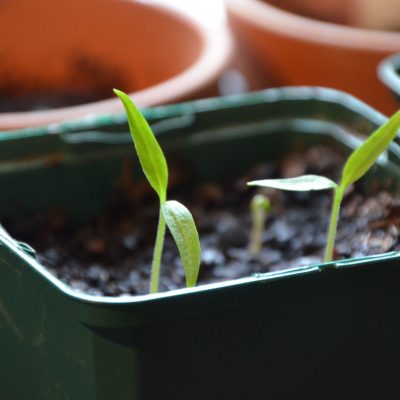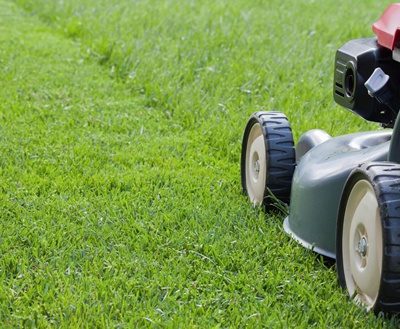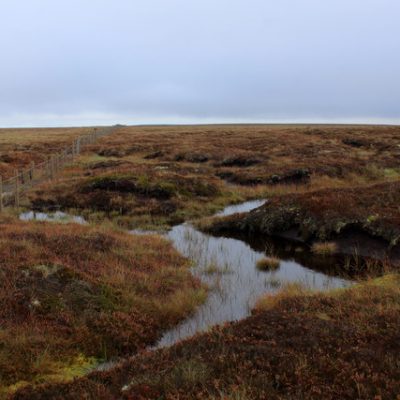It’s finally March! Hopefully that means more frequent sunshine and less rain than we had in February (the roads can’t handle any more rain haha)!
If the weather is good, then there’ll be lots of gardening tasks to do – check them out below!
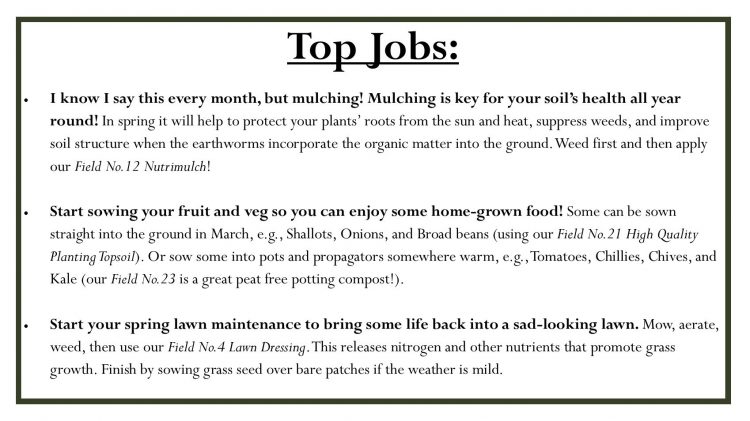
General Garden Maintenance:
- Fork over soil in borders, weed and apply mulch (we recommend our Field No.12 Nutrimulch).
- Remove dirt and algae from walls, paths, patios and driveways with a pressure washer.
- Check and repair pergolas, arbours and arches if needed.
- Give watering cans a good scrub out to prevent fungal diseases.
- Go through your shed and remove any old out-of-date garden chemicals.
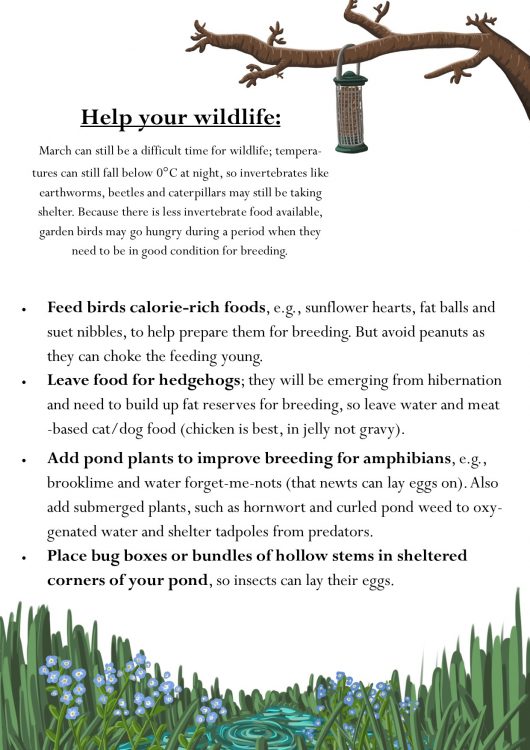
Lawns:
Lawn maintenance:
- It’s probably time to do your first mow of the year! Mow on dry days if the weather is mild enough and your lawn isn’t frozen or soft underfoot. Ensure this first cut of the season is light by raising the blades 0.5cm higher than the usual cutting height. This will help to thicken the grass.
- Rake to remove moss or thatch.
- Aerate the lawn using a fork or hollow tine to help prevent waterlogging.
- Give your lawn a spring boost: Use our Field No.4 Organic Fine Grade Lawn Dressing; using a stiff broom, evenly brush a thin layer of No.4 to a depth of around 8mm over the entire surface of the lawn.
- Re-seed bare patches and apply 5 – 10mm of Field No.4 then brush into the grass and water in. We stock a range of Barenbrug lawn seeds to match different lawns and the type of application – please call us to order, or alternatively we stock a Lawn Care Bundle that includes our quality lawn dressing and the Barenbrug All Rounder grass seed.
- Straighten and redefine lawn edges using a half-moon turf iron or a spade.
New lawns:
- If the weather is still bad, plan ahead and prepare your ground for sowing a new lawn from seed in April (when the weather warms up). Fork over, weed, level and firm lightly; doing this several weeks in advance gives the soil time to settle so you’ll have an even surface for sowing.
- You can lay turf now; lay the turf onto prepared soil if not too wet or frozen, using our Field No.26 Turfing Soil.
Flowers:
To plant:
Use our Field No.23 Professional Potting Blend Compost when planting in pots, and our Field No.21 High Quality Planting Topsoil for borders.
- Summer-flowering bulbs, e.g., Daffodils, Gladioli, Tulips, Lilies, Snowdrops. Can be planted in containers or borders.
- Half-hardy annuals, e.g., Dahlias, Cleome, Antirrhinum, Zinna and Cosmos. They’re not frost-hardy so sow undercover; in trays, sow the seeds on the surface of Field No.23 Potting Blend Compost and cover with vermiculite, water, and place the tray in a heated propagator. Pot on after the first true leaves have grown and plant out into Field No.21 High Quality Planting Topsoil after the risk of frost has passed.
- Sweet peas can be sown outside this month or in deep pot. Keep them frost free in a greenhouse or sunny windowsill and provide some support as they grow.
- Sow wildflower seeds outside in our Field No. 30 wildflower Soil. Also check out our wildflower bundle (includes our wildflower soil and Barenbrug Bees and Butterflies Seed Mix)
Jobs:
- Tidy up alpines as they start to flower; remove dead foliage then mulch with grit to keep foliage off damp soil.
- Deadhead flowers of daffodils as start to fade but allow foliage to die away naturally.
- Clear up weedy beds before mulching with Field No.12 Nutrimulch; mulching with a deep layer of organic matter helps to condition the soil, suppress weed growth and conserve soil moisture during summer.
- Check whether containers need watering as pots sheltered in eaves or balconies can miss out on rainfall. Check the compost at hands depth to see if it feels dry.
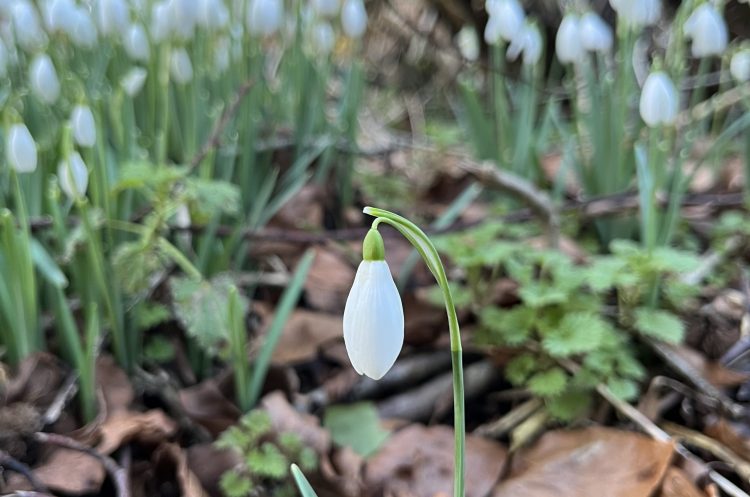
Fruit & Vegetables:
To plant:
Use our Field 23 Professional Potting Blend Compost when planting in pots or containers, or our Field No.21 High Quality Planting Topsoil when planting in raised beds.
- Onion and shallot sets: space 10-15cm apart and plant in raised beds. Onions are a versatile veg that feature in many recipes, so growing your own means you always have some to hand!
- Early potatoes: chit seeds by placing tubers in old egg boxes or seed trays on a windowsill to encourage shoots to form. Near the end of March, plant these sprouting tubers in pre-dug trenches or large pots and cover with 10cm of compost.
- Tomatoes: sow Bush, Tumbling or Cordon Cherry varieties in pots with No.23, and sow Cordon in the ground or grow bags. Sow seeds on the surface of moist compost and cover with a fine layer.
- Chillies: Do best in pots so sow onto the surface of Field No.23 and cover with a thin layer, and place in a greenhouse, heated propagator, or on a sunny windowsill.
- Sow Chives in containers; sow a pinch of seeds into individual seed modules filled with No.23 and cover with 1cm of compost. Water well and place on a sunny windowsill or in a greenhouse. Plant outside or into larger pots after frost.
- Plant young herbs in containers.
Jobs:
- Mulch cabbages and other brassicas with Field No.25 Maximulch as it is rich in nitrogen and other important plant nutrients.
- Start hoeing veg beds as soon as the weather starts to warm up, as seeds will germinate quickly.
Trees and shrubs:
To plant:
- Continue to plant deciduous hedging plants, trees, shrubs, and climbers using our Field No.16 Tree and Shrub Soil Improver mixed with the spoil from the planting pit. Put in place stakes and rabbit guards at the time of planting trees to prevent damage to root ball or bark.
- March is the best month to plant roses in a mix of Field No.16 Tree and Shrub Soil Improver and planting spoil. Plant out bare-root roses which are dormant plants, but planting outside of the growing season should encourage them to establish quickly.
- Sow tree seeds that have been kept in cold storage since collection in autumn. Use our Field No.23 Professional Peat Free Potting Blend Compost.
Jobs:
- Prune bush and climbing roses as they start growing before any leaves unfurl, so to improve their health and lifespan. Check out the RHS’ guide to pruning roses.
- Mulch with Field No.12 Nutrimulch in a doughnut shape around the base of trees, shrubs, and hedges. This will feed them and give them energy for the extra growth they will put on after cutting back.
- Firm back newly planted trees and shrubs if they have been lifted by strong winds.
- Prune out any wind-damaged branches on trees and shrubs.
